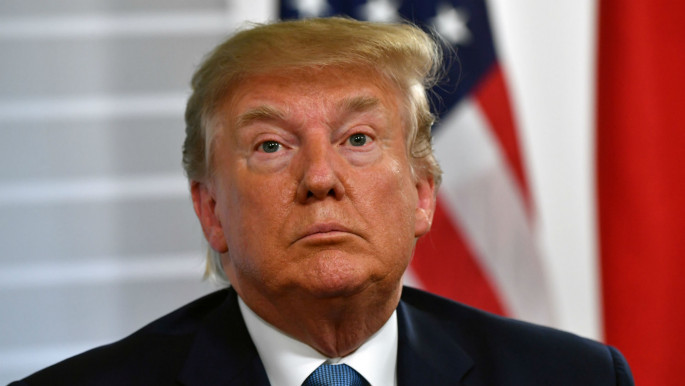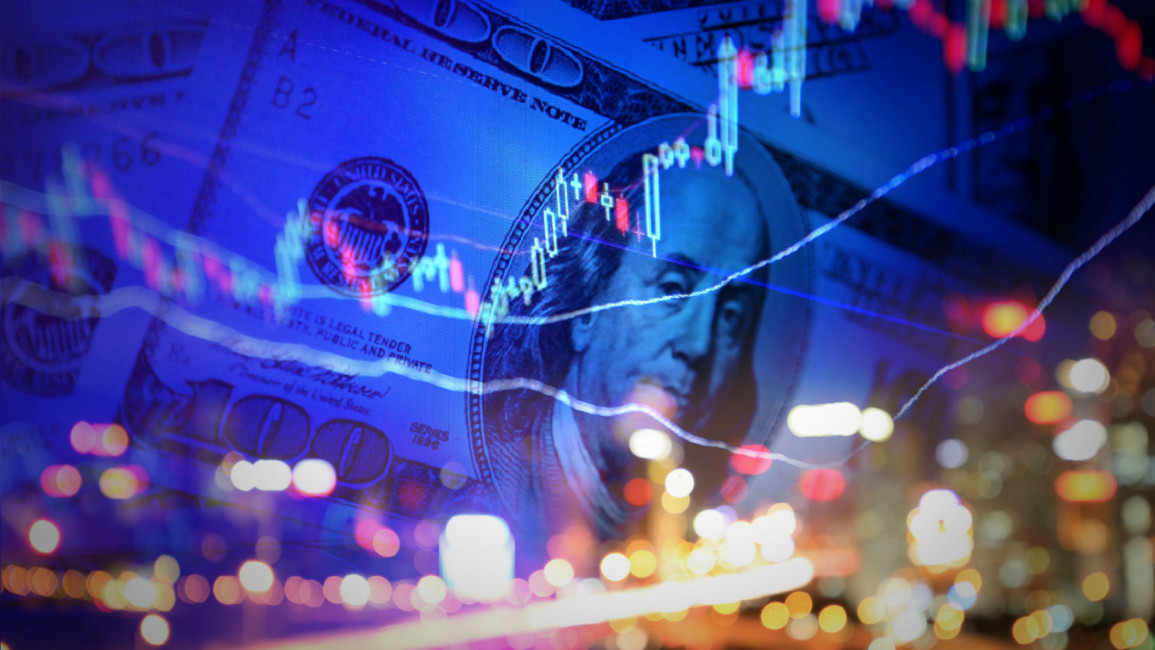Attacks on Saudi Aramco plants cause biggest oil price jump since Gulf War
Benchmark Brent crude gained nearly 20 percent in the first moments of trading on Monday before settling down to over 8 percent higher as trading continued. A barrel of Brent traded up $5.33 to $65.55.
That spike represented the biggest percentage value jump in Brent crude since the lead up to the 1991 Gulf War that saw a US-led coalition expel Iraqi dictator Saddam Hussein's forces from Kuwait.
US benchmark West Texas crude was up around 8 percent. US gasoline and heating oil similarly were up over 8 percent and 7 percent respectively before markets opened in New York.
Saturday's attack halted production of 5.7 million barrels of crude a day, more than half of Saudi Arabia's global daily exports and more than 5 percent of the world's daily crude oil production. Most of that output goes to Asia.
At 5.7 million barrels of crude oil a day, the Saudi disruption would be the greatest on record for world markets, according to figures from the Paris-based International Energy Agency. It just edges out the 5.6 million-barrels-a-day disruption around the time of Iran's 1979 Islamic Revolution, according to the IEA.
Saudi Arabia has pledged that its stockpiles would keep global markets supplied as it rushes to repair damage at the Abqaiq facility and its Khurais oil field.
 |
|
| US President Donald Trump says the US is 'locked and loaded' to respond to the Aramco attacks [Getty] |
President Trump said the US had reason to believe it knows who was behind the attack - his secretary of state had blamed Iran the previous day. He assured his Twitter followers that "we are ... locked and loaded" depending on verification and were waiting to hear from the Saudis as to who they believe was behind the attack and "under what terms we would proceed!"
The tweets followed a National Security Council meeting at the White House that included Vice President Mike Pence, Secretary of State Mike Pompeo and Defense Secretary Mark Esper.
US officials also offered highly detailed satellite photos of the Saudi sites that show damage suggesting the attack came from the north, where Iran or Iraq are, rather than from Yemen to the south.
Iraq's prime minister has denied the attack came from his country, where Iranian-backed Shia rebels operate. Iraqi Premier Adel Abdel-Mahdi said he received a call Monday from Pompeo, without elaborating.
Iranian Foreign Ministry spokesman Abbas Mousavi on Sunday dismissed the US allegations as "blind and futile comments."
The US satellite photos appear to show the attack on Abqaiq may have struck the most-sensitive part of the facility, its stabilisation area.
The Washington-based Center for Strategic and International Studies has said the area includes "storage tanks and processing and compressor trains - which greatly increases the likelihood of a strike successfully disrupting or destroying its operations."
Stabilisation means processing so-called sour crude oil into sweet crude. That allows it to be transported onto transshipment points on the Persian Gulf and the Red Sea, or to refineries for local production.
The attack "damaged five to seven spheroids and five out of ten stabilisation towers," said Fernando Ferreira, the director of geopolitical risk at the Washington-based Rapidan Energy Group.
Five "or so stabilisation towers appear to be destroyed and will have to be rebuilt - this will take many months," Ferreira said. "The sophisticated attack now seems likely to reduce Abqaiq's 7 (million barrels of crude oil a day) capacity for an indefinite period" measured in months.
Follow us on Twitter: @The_NewArab


![President Pezeshkian has denounced Israel's attacks on Lebanon [Getty]](/sites/default/files/styles/image_684x385/public/2173482924.jpeg?h=a5f2f23a&itok=q3evVtko)



 Follow the Middle East's top stories in English at The New Arab on Google News
Follow the Middle East's top stories in English at The New Arab on Google News


